Attempt at threading
I've attempted this solution from nathancy with minor success.
It involves:
- creating a separate thread for image capture from the source
- using the main thread exclusively for display.
Code:
import cv2
from threading import Thread
class ThreadedCamera(object):
def __init__(self, source = 0):
self.capture = cv2.VideoCapture(source)
self.thread = Thread(target = self.update, args = ())
self.thread.daemon = True
self.thread.start()
self.status = False
self.frame = None
def update(self):
while True:
if self.capture.isOpened():
(self.status, self.frame) = self.capture.read()
def grab_frame(self):
if self.status:
return self.frame
return None
if __name__ == '__main__':
stream_link = "https://videos3.earthcam.com/fecnetwork/9974.flv/chunklist_w1421640637.m3u8"
streamer = ThreadedCamera(stream_link)
while True:
frame = streamer.grab_frame()
if frame is not None:
cv2.imshow("Context", frame)
cv2.waitKey(1)
Jittery, but real-time results
 .
.
The streaming works. It maintains real-time. However, it is as if all the frames pool up and suddenly burst into the video. I would like somebody to explain that.
Room for improvement
The real-time stream can be found here.
https://www.earthcam.com/usa/newyork/timessquare/?cam=tsstreet
This site is scraped for the m3u8 using python's streamlink stream scraper.
import streamlink
streams = streamlink.streams("https://www.earthcam.com/usa/newyork/timessquare/?cam=tsstreet")
print(streams)
which yeilds:
OrderedDict([
('720p',<HLSStream('https://videos3.earthcam.com/fecnetwork/9974.flv/chunklist_w202109066.m3u8')>),
('live', <RTMPStream({'rtmp': 'rtmp://videos3.earthcam.com/fecnetwork/', 'playpath': '9974.flv', 'pageUrl': 'https://www.earthcam.com/usa/newyork/timessquare/?cam=tsstreet','swfUrl': 'http://static.earthcam.com/swf/streaming/stream_viewer_v3.swf', 'live': 'true'}, redirect=False>),
('worst', <HLSStream('https://videos3.earthcam.com/fecnetwork/9974.flv/chunklist_w202109066.m3u8')>),
('best', <RTMPStream({'rtmp': 'rtmp://videos3.earthcam.com/fecnetwork/', 'playpath': '9974.flv', 'pageUrl': 'https://www.earthcam.com/usa/newyork/timessquare/?cam=tsstreet', 'swfUrl': 'http://static.earthcam.com/swf/streaming/stream_viewer_v3.swf', 'live': 'true'}, redirect=False>)
])
The possibility that the streams are being read wrong.
 .
. 

 .
.